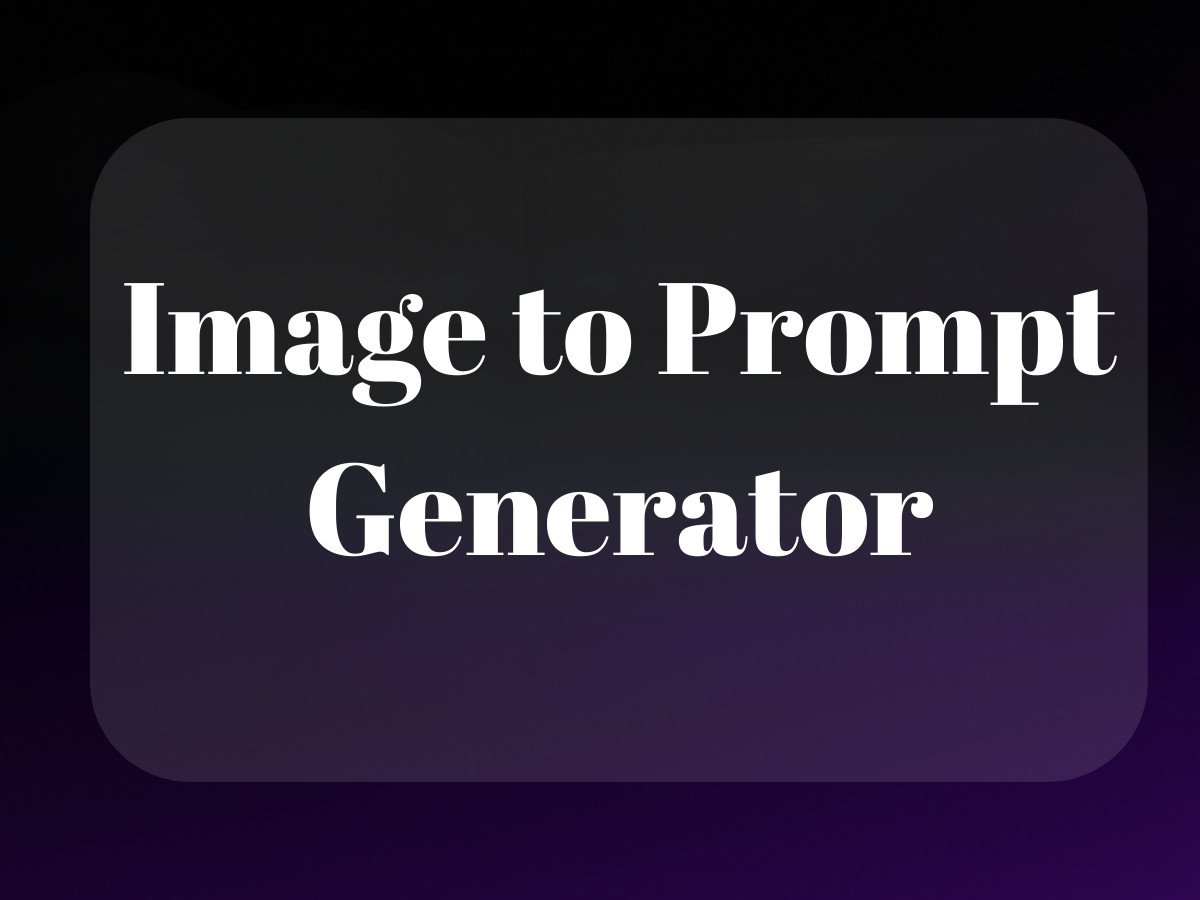The Art and Science of Twitter Sentiment Analysis: More Than Just Happy vs. Sad Tweets
Remember when Twitter was just about sharing what you had for lunch? Those days are long gone. Today, Twitter (or X, if you’re keeping up with Elon’s rebrand) is a goldmine of real-time human sentiment – a digital nervous system capturing the world’s emotional pulse through sentiment analysis twitter techniques.
But here’s the thing: most brands and creators I work with are either overwhelmed by the complexity of twitter sentiment analysis or underwhelmed by simplistic “positive/negative” classifications that miss the nuanced reality of human expression. Let’s fix that.
What Makes Twitter Sentiment Analysis Different?

Twitter isn’t just another data source – it’s a unique beast. Unlike carefully crafted customer surveys or structured feedback forms, tweets are raw, unfiltered, and gloriously messy. They’re packed with emojis, hashtags, abbreviations, and enough sarcasm to make an AI model cry.
This is exactly why social sentiment analysis on Twitter is both challenging and invaluable. When done right, it reveals the kind of authentic, in-the-moment reactions that focus groups could never capture.
The Three Pillars of Twitter Sentiment Analysis
Before we dive into the technical stuff (don’t worry, I’ll keep it human), let’s break down the core components of sentiment analysis in python and other tools:
1. Data Collection
Think of this as setting up your social listening post. You’re not just randomly grabbing tweets – you’re strategically collecting relevant conversations using Twitter’s API. It’s like having thousands of ears on the ground, but way less creepy.
2. Text Processing
This is where we clean up the mess. URLs, @mentions, hashtags – all the Twitter-specific noise gets filtered out. But here’s the trick: you need to preserve the emotional context. Remove a hashtag like #NotImpressed, and you might completely misread the sentiment.
3. Analysis & Classification
Here’s where the magic happens. Modern tweet sentiment analysis goes way beyond simple positive/negative labels. We’re talking about detecting subtle emotions, understanding context, and even picking up on that most elusive of human expressions: sarcasm.
Why Traditional Sentiment Analysis Falls Short
I’ve seen too many brands rely on basic sentiment analysis twitter tools that treat every tweet like it’s a straightforward product review. But social media sentiment is messier than that. Take this tweet: “Just spent $500 on this new phone. Absolutely killing it! 🙃”
Basic sentiment tools might see “killing it” and flag this as positive. But any human would catch the sarcasm in that upside-down smiley face. This is why python sentiment analysis has evolved to incorporate context, emoji interpretation, and even user history.
The real power of Twitter sentiment analysis isn’t in sorting tweets into positive and negative bins – it’s in understanding the complex emotional landscape of your audience. And trust me, as someone who’s built AI tools for ecommerce, that understanding is pure gold for brands and creators.
The Technical Foundation of Twitter Sentiment Analysis

Let’s be real – diving into Twitter sentiment analysis feels a bit like trying to read the collective mood diary of the internet. It’s messy, chaotic, and absolutely fascinating. But before we get lost in the sea of tweets and emojis, we need to build our technical foundation.
Understanding the Twitter API Ecosystem
Think of Twitter’s API as that bouncer at an exclusive club – you need the right credentials to get in, and there are rules about how many friends you can bring. Getting started means setting up a developer account and dealing with authentication (yeah, it’s about as fun as it sounds). But here’s the thing: Twitter’s API is like that friend who’s great in small doses but gets overwhelmed if you ask too much too quickly.
Essential Data Collection Methods: The Art of Digital Mining
You’ve got two main approaches here – the Streaming API (real-time firehose of tweets) or the REST API (more like carefully picking through an archive). It’s like choosing between watching a live sports game or getting the highlight reel. Each has its place, depending on whether you’re tracking sentiment around a product launch or analyzing historical trends.
Data Preprocessing: The Digital Cleanup Crew
Remember that intern analogy I love using for AI? Well, preprocessing is like training that intern to clean up after a particularly messy office party. We’re talking about removing URLs (because nobody’s feelings are hidden in http://), handling @mentions (sorry, not sorry), and dealing with hashtags that people use #LikeThisForSomeReason.
But here’s where it gets interesting for us ecommerce folks – emojis. These little digital hieroglyphs are actually goldmines for sentiment analysis. A single 😍 can tell you more about how someone feels about your product than a paragraph of text.
Sentiment Analysis Methodologies: From Basic to Advanced
Now we’re getting to the good stuff. Think of this as your sentiment analysis toolkit, ranging from “I just started coding” to “I dream in Python.”
Lexicon-Based Approaches: The OG Method
VADER (Valence Aware Dictionary and sEntiment Reasoner) isn’t just a Star Wars reference – it’s your entry-level ticket to sentiment analysis. It’s like having a dictionary that knows “awesome” is positive and “terrible” is negative. Simple? Yes. Effective? Often surprisingly so.
Machine Learning Techniques: Level Up Your Game
This is where we start playing with the big kids. Feature extraction methods like TF-IDF might sound like alphabet soup, but they’re crucial for teaching our AI to understand context. It’s the difference between your AI knowing that “killing it” in a product review is actually a good thing.
Deep Learning and Transformer Models: The Final Frontier
BERT, RoBERTa, and their transformer friends are like the NASA engineers of text analysis. They don’t just read words; they understand context, nuance, and even some forms of sarcasm. For ecommerce brands analyzing customer sentiment, this is where the magic happens – these models can pick up on subtle product feedback that simpler methods might miss.
The beauty of modern sentiment analysis is that you don’t need a PhD in machine learning to use these tools. Thanks to platforms like Hugging Face (yes, that’s really what it’s called) and cloud services, implementing advanced sentiment analysis is more accessible than ever. It’s like having a team of data scientists in your pocket, minus the coffee addiction and heated debates about Python versus R.
Visualization Techniques for Twitter Sentiment Analysis

Let’s face it – dumping raw sentiment scores into a spreadsheet isn’t going to win you any friends in the C-suite. The magic happens when you transform those numbers into compelling visual stories that even your CEO’s golden retriever could understand.
From Data Points to Visual Impact
I’ve seen countless sentiment analysis twitter projects fail because they got stuck in data scientist mode. You know what I mean – endless confusion matrices and validation metrics that make perfect sense to you but cause executives’ eyes to glaze over faster than a frosted donut.
Here’s what actually works: Start with sentiment distribution charts that show the emotional landscape at a glance. Layer in word clouds that highlight the language patterns driving those sentiments. Then bring it home with geographic heat maps showing how sentiments spread across regions. It’s like giving your data a Netflix-worthy makeover.
Real-World Applications That Actually Matter
Remember that time when a major soda brand launched a tone-deaf campaign and Twitter erupted? Their sentiment scores probably looked like a skydiver without a parachute. But the brands that thrive are the ones using python sentiment analysis to spot these storms before they hit.
Crisis Management in Real-Time
Social sentiment isn’t just about counting happy vs. sad faces. It’s your early warning system. I’ve worked with brands who’ve completely transformed their crisis response by setting up automated alerts for sudden sentiment drops. One fashion retailer avoided a PR nightmare by catching and addressing a manufacturing issue within hours instead of weeks.
Product Development That People Actually Want
Here’s where tweet sentiment analysis gets really interesting. Instead of guessing what features to build next, why not let your customers tell you? By analyzing sentiment patterns around specific product mentions, you’re essentially getting free product development insights.
The Future of Twitter Sentiment Analysis
We’re entering what I like to call the “sentiment analysis 2.0” era. It’s not just about positive/negative anymore – we’re talking about understanding context, emotion, and intent at scale. Tools like sentiment140 are just the beginning.
The real game-changer? Multimodal analysis. Imagine combining text sentiment with image analysis and user behavior patterns. That’s not sci-fi – it’s happening now. Some of our ProductScope AI customers are already using this approach to predict trend cycles months before they hit mainstream.
Final Thoughts: Making It Work for You
Look, twitter sentiment analysis isn’t perfect. Anyone who tells you they’ve got 100% accuracy is either lying or selling something (probably both). But that’s not the point. The point is making better decisions with the insights you have.
Start small. Pick one aspect of your business where customer sentiment really matters. Maybe it’s product feedback, maybe it’s brand perception. Build your keyword visualization dashboard around that specific need. Test, learn, iterate.
And remember – AI isn’t replacing human judgment here. It’s augmenting it. The best sentiment analysis systems I’ve seen combine algorithmic precision with human intuition. Because at the end of the day, understanding human emotion requires… well, being human.
The tools are there. The data is there. The question is: are you ready to listen to what it’s telling you? The future is already here, and it’s waiting to be explored.
Related Articles:
- VADER Sentiment Analysis: Mastering Text Insights – ProductScope AI
- Sentiment Analysis NLP: Decoding Customer Emotions
- Guide to The Best Twitter Banner Size in 2024 Using Magic Uncrop
Frequently Asked Questions
What is Twitter sentiment analysis?
Twitter sentiment analysis involves using natural language processing and machine learning techniques to analyze and categorize the emotions expressed in tweets. It helps in understanding public opinion and emotions towards specific topics, products, or events by classifying the sentiment as positive, negative, or neutral.
How to extract data from Twitter for sentiment analysis?
To extract data from Twitter for sentiment analysis, you can use Twitter’s API, which provides access to tweet data. Tools like Tweepy in Python allow developers to collect tweets by keyword, hashtag, or user, which can then be analyzed using sentiment analysis algorithms.
How accurate is Twitter sentiment analysis?
The accuracy of Twitter sentiment analysis can vary based on the algorithms used, the quality of the data, and the complexity of the language in tweets. While advanced models can achieve high accuracy rates, challenges such as sarcasm, slang, and context can still impact results.
How to do Twitter analysis?
Twitter analysis involves collecting tweets based on specific criteria and then processing them to extract insights. This can include sentiment analysis, trend analysis, and topic modeling, typically using tools like Python’s Tweepy for data extraction and libraries like TextBlob or VADER for sentiment analysis.
How do you explain sentiment analysis?
Sentiment analysis is the computational process of identifying and categorizing opinions expressed in text, especially to determine the writer’s attitude towards a particular topic. It uses algorithms to classify the sentiment behind words or phrases into categories such as positive, negative, or neutral.
About the Author
Vijay Jacob is the founder and chief contributing writer for ProductScope AI focused on storytelling in AI and tech. You can follow him on X and LinkedIn, and ProductScope AI on X and on LinkedIn.
We’re also building a powerful AI Studio for Brands & Creators to sell smarter and faster with AI. With PS Studio you can generate AI Images, AI Videos, Blog Post Generator and Automate repeat writing with AI Agents that can produce content in your voice and tone all in one place. If you sell on Amazon you can even optimize your Amazon Product Listings or get unique customer insights with PS Optimize.
🎁 Limited time Bonus: I put together an exclusive welcome gift called the “Formula,” which includes all of my free checklists (from SEO to Image Design to content creation at scale), including the top AI agents, and ways to scale your brand & content strategy today. Sign up free to get 200 PS Studio credits on us, and as a bonus, you will receive the “formula” via email as a thank you for your time.





